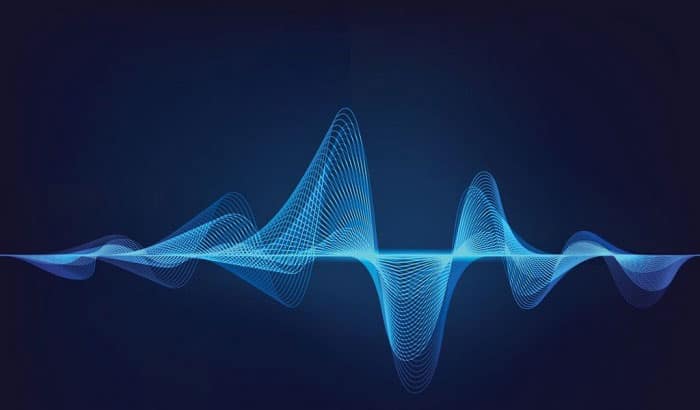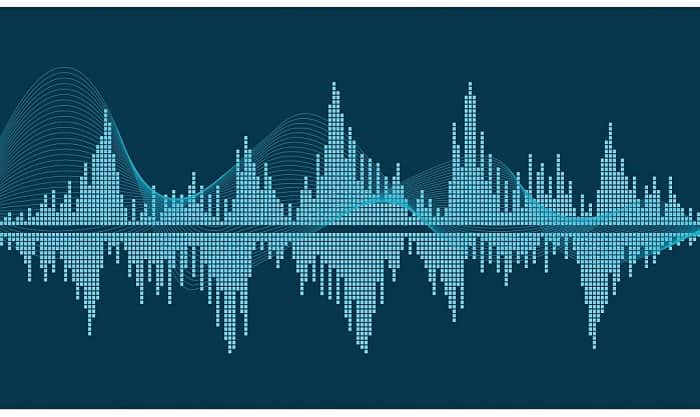As the world develops, communicating information has become one of humanity’s most essential needs. To satisfy this demand, many types of equipment, inventions, and technologies have been created to make this procedure more accessible and convenient, one of which is the radio frequency.
Although this technology is widely used in the modern age, many still don’t have knowledge of it. If you’re wondering “what wireless networking radio frequency yields faster speeds but offers shorter range?” read the content below to discover the answer.
Table of Contents
Which Wireless Networking Radio Frequency Yields Faster Speeds But Offers Shorter Range?
The 5 GHz frequency provides quicker speeds but has a limited range. You can simply acquire this correct and immediate answer utilizing the Google search engine.
With the development of technology, more and more radio frequency ranges have been developed and introduced to meet the various increasing demands of people. Till now, there are officially eight distinct ranges, including 900 MHz, 2.4 GHz, 3.6 GHz, 4.9 GHz, 5 GHz, 5.9 GHz, 6 GHz, and 60 GHz.
However, according to specialists, among the list, only 5 GHz satisfy the two required characteristics: faster speeds and shorter range.
What Is Wireless Networking Radio Frequency? How Does It Work?
So, “what exactly is wireless networking radio frequency?” some of you may ask. Simply speaking, it is one innovation of the wireless communication technology field to deliver and receive information through radio waves.
The working procedure of wireless networking consists of two technical devices, customarily called the transmitter and the receiver.
Firstly, to send data (usually sound) through radio, the transmitter adds a high-frequency wave to the original sound. As a result, the amplitude of the carrier wave changes while the frequency remains constant. This process is “Amplitude Modulation.”
On the other hand, when functioning as a receiver, the radio will detect the waves with its antenna or aerial and convert the electric signal into sound so that individuals can hear it.
If you have searched the market, you will realize that there are two types of radio carrying both the two functions: half-duplex and full-duplex. If you select a half-duplex item, your device can either broadcast or receive signals at a time. Instead, a full-duplex one allows the radio transmitter and receiver to operate simultaneously.
Frequently Asked Questions
What is the difference between radiofrequency and infrared?
Recently, the appearance of infrared has raised many comparisons with the radio frequency. So what exactly is infrared? It is also a wireless communication technology like radio frequency but utilizes lights to transfer data.
What is 802.11 ?
You can easily see this number when reading articles related to radio frequency. It is the technical standard belonging to the complete set of IEEE 802 developed and maintained by IEEE (short for Institute of Electrical and Electronics Engineers).
https://youtu.be/08_roo5S-Bg
Wrapping Up
In conclusion, 5 GHz is the most suitable answer for the very beginning concern: what wireless networking radio frequency yields faster speeds but offers shorter range. Although more and more technologies have been discovered and applied, the 5 GHz frequency can still prove its tremendous benefits.

Hi, I am Amaro Frank – the Wind Up Radio’s content editor and writer. Working with Adam is so much fun, as his stories and experiences enrich my knowledge about radio communications and radio accessories. My main tasks in Wind Up Radio are building content and generating great articles on different topics around radio accessories.



